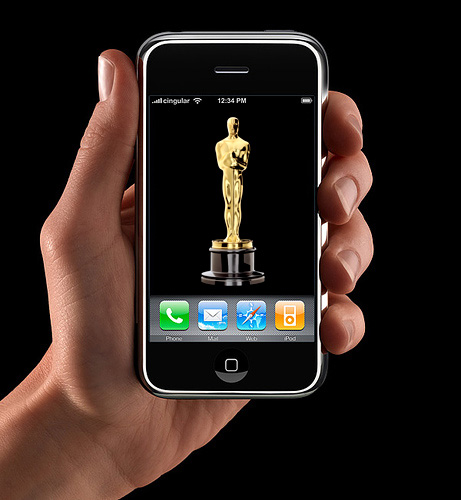When it comes to managing your online identity you typically find yourself caught between the two extremes of full transparency and complete control of your image (which, BTW, is only possible by avoiding all online interaction). You may know some Facebook and Twitter users who fit into that first category. They post updates about every hiccup, paper cut, and causal encounter with photo and video documentation for good measure.
Mark Zuckerberg, founder of Facebook, argues that “you have one identity.” What he means is that internet-enabled transparency makes maintaining more than one identity difficult at best and impossible for most. So if you accept his premise that you really have only one identity, the next decision you’ll have to make is how to manage that one identity to ensure that your multi-faceted personality is both appropriately presented but not inappropriately exposed? Whose going to be in control of our digital identity, if not us?
Even if we are limited to one identity online, we have ways to manage that identity so that we can provide some separation between personal and professional roles. We all manage our presentation of self in “real life” based on contextual cues. For example, manners are simply the managing of our behavior and speech to reflect socially accepted norms for treating others with respect and dignity. Our language changes when we move from a close circle of friends to family to professional contacts. We’re constantly adjusting how we present ourselves depending on the social situation, and people who are unable or unwilling to do this are seen as rude, ill-mannered or socially inept. In a similar way, your profile on Facebook may have a very different tone from the one that you keep on LinkedIn. However, the problem here is that public access to both profiles may be possible depending on your privacy settings. An acquaintance may make the transition from friend to professional colleague, or in the other direction, and thus have ready access to both profiles. This may or may not present a problem…my point is simply that managing distinct identities becomes cumbersome or impossible.
Add to that new services or updates that constantly change the ground rules. Facebook has had a string of problems with privacy protection. The launch of News Feed in 2006, Beacon in 2007 and privacy setting changes in 2009 are just some of the examples of Facebook policies that led to user rebellion. Facebook’s own privacy policy makes it clear that personal data “may become publicly available” and may be “viewed by unauthorized persons.” According to David Kirkpatrick, writing in The Facebook Effect, a poll of US companies found that 35% of them had rejected applicants because of information found on social networks. This was not information hacked from the sites, but rather personal information that the applicant had posted without consideration of who might be in the online audience. Facebook itself admits that only about 25% of users actively use the privacy controls.
Walking the fine line that is personal privacy, many make the mistake that they can control their digital footprint. As your digital footprint grows, and as computers “scrape” your online behavior and link it to other databases, managing your exposure becomes increasingly complex. Simply remembering all of the intricacies and complexities of your multiple profiles becomes unmanageable. And if you employ deception, the task is even more difficult. You’ve heard it said lies beget lies. In other words, we often have to tell a lie to cover up another lie, and the web of deception becomes increasingly complex and difficult to maintain. In the words of Abraham Lincoln, “No man has a good enough memory to make a successful liar.”
So it is with your digital footprint. The more data you surrender willingly, and unwillingly, to marketers and social media, the more more vulnerable you become to their schemes. Do you trust Google, Facebook and Yahoo! to protect your interests? And if not, what steps are you taking to ensure that your identity is safe?
For more information about online privacy visit the EPIC: Electronic Privacy Information Center website.
 Facebook, which has heretofore managed to maintain a family friendly reputation, suffered a setback earlier this week when explicit and violent images began to show up on the site. According to news reports, hackers were able to exploit a security weakness to spread images which included “hardcore porn; photoshopped images of celebrities, including teen pop star Justin Bieber, in sexual positions; ‘extreme violence;’ and at least one image of an abused dog.” Images of this nature can be extremely disturbing and numerous victims of the scam have expressed outrage and intent to deactivate their accounts.
Facebook, which has heretofore managed to maintain a family friendly reputation, suffered a setback earlier this week when explicit and violent images began to show up on the site. According to news reports, hackers were able to exploit a security weakness to spread images which included “hardcore porn; photoshopped images of celebrities, including teen pop star Justin Bieber, in sexual positions; ‘extreme violence;’ and at least one image of an abused dog.” Images of this nature can be extremely disturbing and numerous victims of the scam have expressed outrage and intent to deactivate their accounts.






